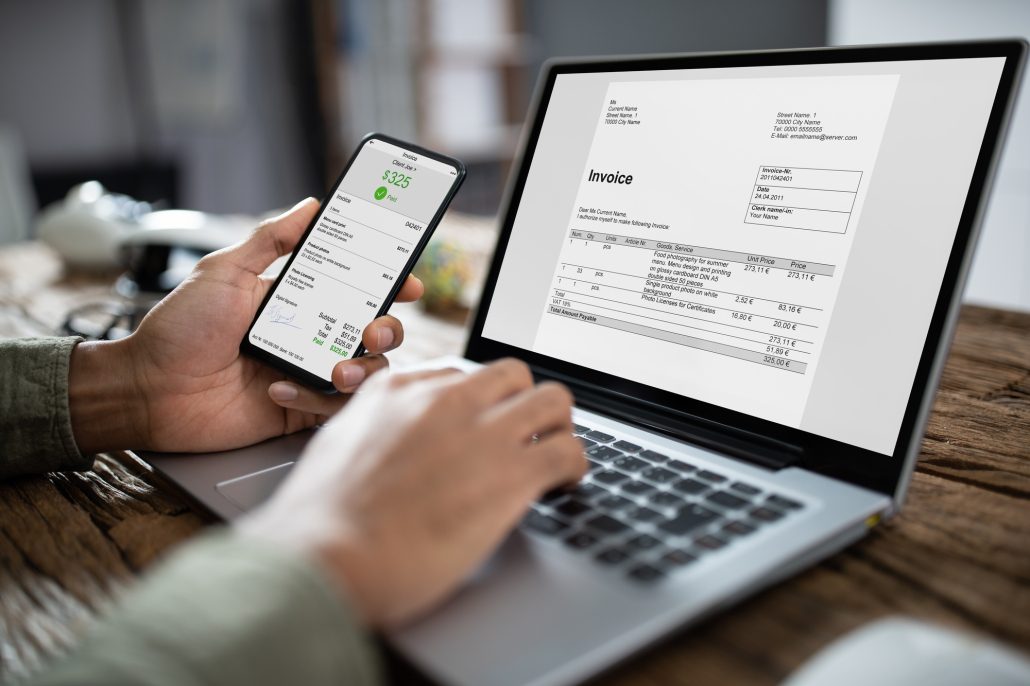5 Reasons Financial Record Keeping Is Crucial for a Business
Financial recordkeeping is essential for entrepreneurs, corporate entities, and business organizations. It is a pivotal element contributing to a business’s expansion and sustainability.
Financial recordkeeping holds utmost significance regardless of the industry in which a business operates. Given that records and documents form the foundation of any enterprise, it becomes imperative to diligently store, preserve, and manage these records, ensuring their accessibility for future endeavors aimed at fostering business growth.
In this article, we’ll elaborate on why financial recordkeeping is important for a business.
1. Simplifies Tax Recording
Maintaining accurate financial records is vital, particularly during tax season. Failure to uphold proper bookkeeping practices can lead to arduous tasks when filing end-of-year taxes. This often entails spending extensive hours gathering essential financial information, such as income statements and expense reports. Inadequate recordkeeping may result in missed deductions, such as omitting mileage records for business trips or lacking receipts for significant purchases.
Moreover, accurate financial recordkeeping is particularly crucial for businesses operating as LLC partnerships. LLC partnerships often involve multiple partners, and maintaining detailed records helps ensure the proper allocation of income, deductions, and tax liabilities among the partners.
Additionally, LLC partnerships may receive a Form 1099 if they meet specific criteria, such as earning $600 or more in non-employee compensation or being taxed as a sole proprietor. It is also essential for LLC partnerships to issue Form 1099 to contractors or vendors.
Failure to maintain accurate records can result in incorrect reporting on Form 1099, potentially leading to penalties and compliance issues. Therefore, meticulous bookkeeping practices are essential for LLC partnerships to accurately fulfill their tax obligations, including Form 1099 requirements, and avoid potential legal and financial consequences.
For more detailed information about LLC partnerships and Form 1099 requirements, you can look at an LLC Partnerships and Form 1099 guide or seek guidance from a tax professional who can provide valuable support in navigating these obligations and ensuring proper compliance and reporting.
2. Effective Cash Flow Management
In the realm of financial management for a thriving business, the saying “cash is king” holds resolute significance. Particularly highlighted by the challenges posed by events like the COVID-19 pandemic, the ability to maintain a robust cash flow that can weather uncertainties becomes paramount for the long-term survival of any company.
Enter the crucial role of record keeping. By diligently maintaining accurate financial records, you can identify and comprehend the inflows and outflows of your hard-earned dollars. This practice enables you to obtain a precise assessment of your company’s financial well-being and aids in projecting its financial health in the future.
3. Informed Decision-Making Through Comprehensive Financial Analysis
When confronted with critical choices, it becomes imperative to perform financial analysis and comprehend the underlying financial information meticulously. This process empowers managers to discern patterns, identify potential roadblocks, and closely monitor real-time financial performance. By maintaining a vigilant eye on your financial records, you can equip yourself with the necessary insights to make prudent economic decisions when the time arises.
Regularly tracking your company’s financial performance is paramount, whether on a daily, weekly, monthly, quarterly, or annual basis. These financial records serve as a comprehensive reflection of your business’s operational outcomes and overall financial standing. In essence, they provide a panoramic view, allowing you to grasp the current financial state of your company.
How is your business faring? Do you possess sufficient funds in your bank account to meet your financial obligations? Without this vital information, your control over the trajectory of your business diminishes significantly. When operating a business, exercising command over various financial aspects, such as inventory levels and projected needs, becomes paramount. This control enables you to navigate the intricate web of financial intricacies and make informed decisions that propel your business forward.
4. Streamlined Loan Acquisition and Enhanced Funding Opportunities
In the pursuit of securing swift financial resources to acquire crucial equipment or bridge budget gaps, the importance of maintaining impeccable financial records becomes abundantly clear. When seeking the support of lenders or investors, it is customary for them to require comprehensive financial reports, including income statements and balance sheets, to assess your company’s creditworthiness.
By diligently organizing and maintaining these essential reports, you empower yourself to swiftly apply for loans or funding, allowing you to seize new business opportunities without hesitation.
Having your financial records readily available instills confidence in lenders and investors, as it showcases your commitment to transparency and meticulous financial management. This proactive approach not only expedites the loan application process but also positions your company favorably when it comes to negotiations and securing funding on favorable terms.
By keeping your finances in order, you are well-prepared to navigate the ever-changing business landscape and capitalize on emerging opportunities that demand immediate financial support.
5. Empower Effective Budgeting Strategies
Effective budgeting lies at the heart of prudent financial management for business owners. It serves as a compass, guiding decision-making processes and ensuring that expenditure and revenue-generating tactics align harmoniously with the predetermined financial expectations. Through comprehensive financial reports, owners gain invaluable insights that enable them to identify areas of over or under-budgeting, make informed staffing decisions, and pay attention to potential misalignments with industry-standard gross profit margins, among other critical considerations.
These reports serve as a compass, enabling owners to gauge the financial health of their business and make necessary adjustments to ensure long-term sustainability. By carefully analyzing financial data, owners can proactively identify areas of inefficiency, potential cost savings, and revenue optimization opportunities.
This proactive approach not only enhances overall financial performance but also cultivates a culture of financial responsibility and accountability within the organization.
Wrapping Up
Accurate financial recordkeeping is vital for businesses of all sizes. It simplifies tax recording, aids in effective cash flow management, enables informed decision-making, streamlines loan acquisition, and empowers effective budgeting strategies. Maintaining meticulous financial records allows businesses to navigate challenges, seize opportunities, and ensure long-term sustainability. Prioritizing accurate recordkeeping establishes a solid foundation for success, fostering compliance, transparency, and financial growth.
Don’t underestimate the power of organized financial records in propelling your business forward. As companies navigate the dynamic economic landscape today, ensuring accurate financial recordkeeping is crucial to ensure growth, resilience, and prosperity.





